What is Brand Journalism?
What is brand journalism, exactly, and is brand journalism the same thing as journalism?
By Thomas Scott and Greg Lacour
Businesses may not know the answer to this complex question, but they’ve agreed on one thing: Using the tools, tactics and style of journalism to tell a company’s story is essential. The Public Relations Society of America (PRSA) listed it as one of top 12 trends in public relations for 2012, and Entrepreneur magazine focused on it in its 2012 Branding issue.
Why?
Over the years, Western culture has been bombarded with marketing and advertising to the point where consumers are wise to the game and reluctant to accept much of anything on face value. Politicians have adopted old-style Madison Avenue marketing strategies as their own, further strengthening consumers’ perception of commercial slogans and hard sells as nonsense. If it sounds like marketing, people simply tune it out.
Then came 2008, the year that crippled Americans’ trust in its institutions. Through unethical, reckless practices, banks, brokers and retirement fund managers wiped out as much as 50 percent of the nation’s personal net worth — and the government failed to stop it beforehand or punish the guilty afterward. The housing market crashed. Banks dissolved. Jobs abruptly died. People lost savings, homes and big chunks of their future, and it happened virtually overnight.
As a culture, we lost faith in companies and stopped trusting them. We changed both the way we perceive companies and the way we make buying decisions.
Today, the typical person no longer trusts a company at face value. It is human nature to hate being sold, so most people avoid salespeople like the plague. When we want or need a service, we look to sources we trust and ask others for their opinions. You might say we are in the age of the expert opinion, and the expert is just about anyone besides a company trying to sell us something!
For companies, the implications are huge. Traditional approaches to marketing are not working like they once did. Customers don’t respond to campaigns, and even when there is a large market for what a company does, customers are just out of reach, giving one marketer reason to call traditional display advertising a ‘branding black hole.’

Thus enters the practice of brand journalism.
As long as people have been communicating, we’ve used stories to relate to each other, make sense of the world around us, and help us make decisions as we go through life. Advancements in technology have us sharing greater amounts of information, and we’re finding ourselves making more decisions based on those stories. You might say that the story is the essence of communication. Always has been and always will be.
As humans, we’re wired with a desire to make a real and meaningful connection. This might explain why when someone is telling you a good story, you don’t even realize it. That’s the power of a well-told story. It allows the company or organization to become “human.” Being human is about having a real, honest connection with people, about being transparent, responsive and above all accessible.
Companies have never been adept at using stories to connect with customers. Beginning with newspapers, whose purpose as a business is to deliver advertising to readers, and going through the TV explosion and into the Internet era, companies have marketed to captive audiences, using one-way communication tools to get people’s attention. Traditional marketing and advertising has always focused on prompting a behavior change or action on the part of customers. Buy this, go here, call us, what author Seth Godin calls “interruption marketing.”
Brand journalism involves telling journalism-style stories about a company that make readers want to know more, stories that don’t read like marketing or advertising copy. It means having conversations with your customer — not preaching at them or bombarding them with bullet points but giving them real and interesting stories they can relate to. People today are so inundated with advertising and marketing speak, they now filter out marketing messages and a well-told story is the best way to get your message across.
The History of Brand Journalism
Brand Journalism actually has its roots in the franchise industry. In 2004, McDonald’s Chief Marketing Officer Larry Light said mass marketing no longer worked and that “no single ad tells the whole story.” McDonald’s, he said, had adopted a new marketing technique: “brand journalism.”
Light defined brand journalism as a way to record “what happens to a brand in the world” and create ad communications that, over time, can tell a whole story of a brand.
He was rejecting traditional marketing and advertising approaches that focused on brand positioning, in favor of a content stream approach involving multiple channels and journalism-style writing. His model was the way an editor approaches the creation of a magazine, with its array of very different content aimed at a wide variety of interests — hence, brand journalism.
Franchise systems adopted the practice early, and today it is one of the most productive ways to generate leads and engage customers. Big corporations — Boeing, Cisco and Imperial Sugar, to name a few — adopted it with success. Now even small companies use it with great results.
Ten years ago, search was the big marketing trend. Five years ago, it was social media. Today, it is brand journalism. We are in the content marketing era, and the quality of your brand stories can have an enormous impact on how effective your marketing is. As a result, companies are rushing to hire journalists, many of whom are out of work as newspapers fold.
Is Brand Journalism the same as journalism?
Absolutely. It’s simply another kind of journalism, just as political journalism is journalism, sports journalism is journalism, blogs on local issues are journalism, even Facebook posts on neighborhood happenings are journalism.
Before the internet, companies hired PR firms to write press releases and pitch to journalists, who digested the releases and wrote a story that was hopefully favorable to the company. Today, a company can bypass publications and PR firms entirely and publish its own articles. Using blogs, online articles, websites, emails and social media, companies now have an unbelievable opportunity to communicate directly to their customers using journalism-style storytelling.
“Journalism” as we’ve come to define it has traditionally been the domain of newsrooms. Reporters, schooled in the craft, consider the term to apply to a very narrow definition of someone working for a news organization. Ideally, reporters are neutral, bound to be as objective as possible and have a self-imposed responsibility for telling both the positive and negative sides of a story.
Reporters are taught that there is a separation between a news organization’s editorial content and its advertising content. In other words, if a company wants publicity, they should purchase an ad; that’s what ads are for. Reporters often scoff at the idea of people creating stories for and about companies. It isn’t objective, and it doesn’t often show both sides, so it can’t possibly be journalism. For a newsroom reporter, brand journalism is taboo — it somehow is different from what they do.
It isn’t, not really. Technology has torn down the walls and made new rules. Journalism today is a large umbrella that encompasses many variations. A newsroom reporter is certainly a journalist. A writer at a business publication is a journalist. A blogger can be a journalist. Citizens with cell phones at a news scene are journalists. People who use journalism skills to tell stories on companies’ behalf are journalists, and anyone who argues otherwise simply hasn’t grasped the dimensions of the new terrain we’re all occupying.
Because ultimately, it’s all about telling stories aimed at specific audiences. That’s it. Objectivity is a fantasy; a news reporter can’t help but bring his or her biases to a story, no matter how hard he or she tries to be impartial. The practice of journalism, at its core, is about earning and keeping a reader’s interest. Journalism is about finding the essence of a story and deciding how to retell what you find so it is interesting and helpful for a reader. This starts with a catchy headline, moves on to an interesting lead and continues through the body of the article. Like all stories, it has a beginning, middle and an end.
Brand journalists, writers who practice journalism-style storytelling on behalf of a company, have to accomplish the same goal: earn and keep an audience’s attention. They have to collect and edit stories about a company and present them to the company’s audience through a variety of media.
Stories have to be authentic, full of real people doing real things. They should offer transparency into the culture of a brand, and they should give anyone doing online research answers to the questions they are asking. Stories should be interesting to read and helpful. Solid stories earn and keep trust with readers. Ask yourself how many times you’ve seen a “business profile” in the newspaper. OK, it’s not technically an ad. But it sure has the same impact, doesn’t it? So what’s the difference? If a story is accurate and genuine and written to appeal to a specific audience’s interests, how is a piece of brand journalism anything other than journalism?
It works, too. Companies that put it into action produce amazing results.
A new opportunity for companies to create meaningful relationships with their customers
Somewhere out there is a potential or current customer who wants what you have to sell.
They may not know who you are or know anything about your company, but they already get what you do, are interested in your industry and have a need for your products or services. Gathering, writing and publishing brand journalism-style stories for your company website, blog, social media and online PR efforts is what it takes to earn and keep the attention of these potential customers. Contact us today to learn more.
What is your company’s story?

